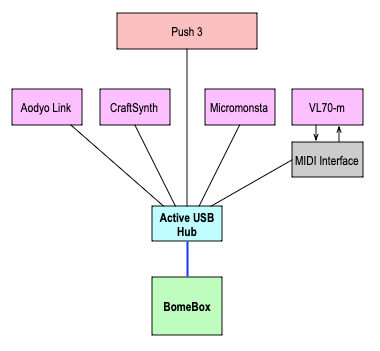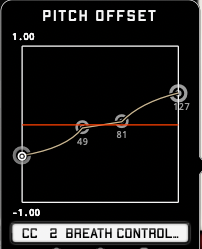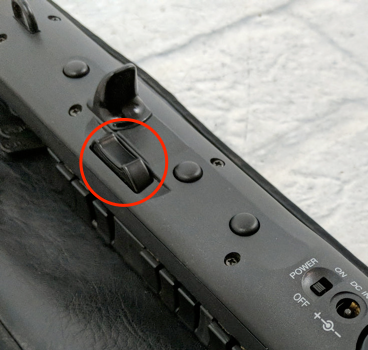I'm afraid it's not that simple. Analysing the sensor data is the core of the Sylphyo, and Aodyo is unlikely to give up this technology so easily. The synthesiser code is perhaps less of a problem, it's not that special. But then there's the radio link to the Link, whose technology is probably licenced to Aodyo. What should be released anyway, the firmware and documentation or what?
I know a similar situation from Eigenharp. A freelance developer took over there, but the instruments needed software that didn't even belong to the manufacturer. The developer could only keep the instruments in operation alive. That was also important, the big Eigenharp Alpha cost more than 4,000 USD. I even had to make deep adjustments to my Mac system for my little Pico to keep it playing for a while. Finally gave up.
I'm not saying it's hopeless to aim for open source, but the Sylphyo is a complex system and an intellectual achievement. Even if Aodyo were to say ‘keep going on your own’, that would be generous, but not necessarily successful ...
However, I would be very happy if it were possible to continue in some form. Perhaps the developers will find a way, perhaps via another company.





